The Scyther: ‘We were up in arms about Poldark – his swing was all wrong’
Scything was almost forgotten until Aidan Turner’s turn in Poldark, but Nigel Adams says there’s still a place for it. He spoke to Tessa Waugh; portraits by Richard Cannon.
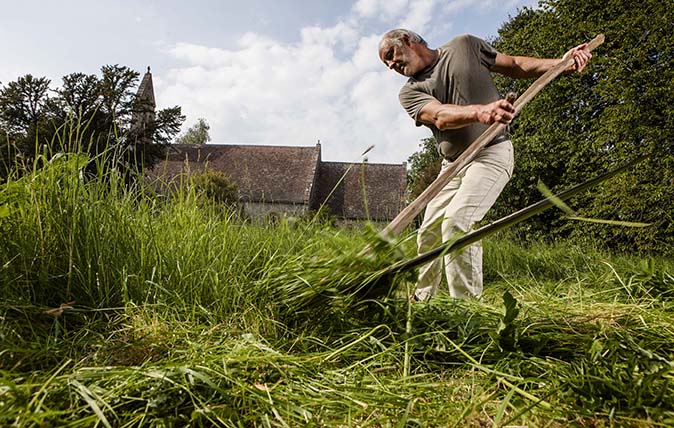

‘Scything has undergone a renaissance in the past 10 years,’ says specialist Nigel Adams, who practises and teaches the art all summer and lays hedges during winter.
‘The art of sharpening and using the traditional old English scythes had largely been lost,’ he continues, ‘but the arrival of light, ergonomic models from Austria has made it accessible to a whole new range of people.’
A certain TV programme has also had an influence, he laughs: ‘We call it the Poldark effect. Of course, we [the scythers] were up in arms because his swing was all wrong, but it certainly helped bring the skill to the attention of the public.’
Churchyards are an area of focus for practitioners, but, at this time of year, Mr Adams is in demand for scything wildflower meadows: ‘We wait until the flowers have passed and the seed is set, then we scythe the field and toss the cuttings around with a fork to scatter the seed.’
Strimming is a dirty word. ‘We’ve held competitions between strimmers and scythers,’ he notes.
‘The scyther always wins by a country mile, plus you have the huge advantage of working in silence. Why buy a machine for hundreds of pounds when you have your own arm and a scythe that’s equally efficient, with no noise disturbance?'
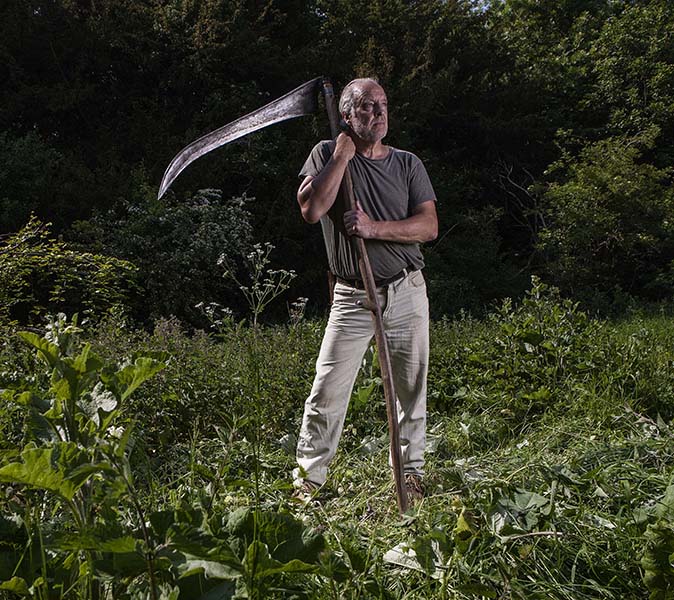
‘In a lot of modern work, there’s no end product,’ he adds, ‘but, when you scythe, you’re working in a rhythm with complete concentration, your body is in tune and it’s very therapeutic—as well as satisfying to look back at where you’ve been.’
Exquisite houses, the beauty of Nature, and how to get the most from your life, straight to your inbox.
For more information and to find a course, visit scytheassociation.org
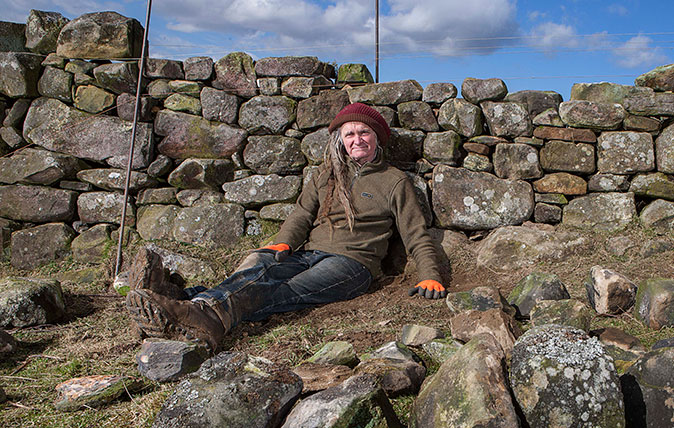
The dry stone wall builder: 'Every metre of wall contains a ton of stone. You really feel it after a hard week.'
This week's Living National Treasure is Anthony Gorman, a man who has spent his life building beautiful walls by hand
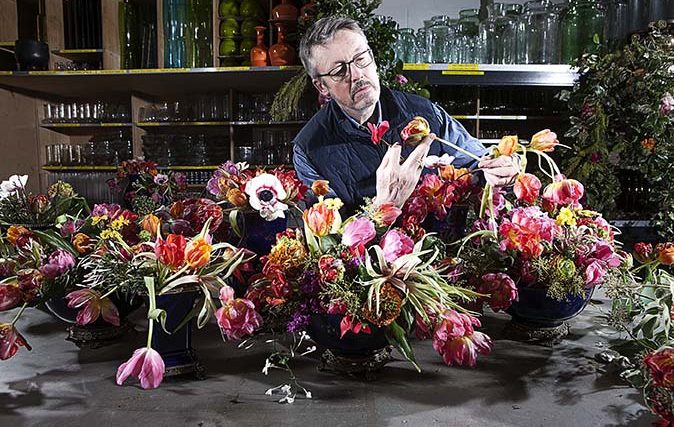
The Florist: 'What I do is like good cooking – if you have beautiful ingredients, you can’t go wrong'
This week's Living National Treasure is royal florist Shane Connolly – and while he might be based in Britain, he's
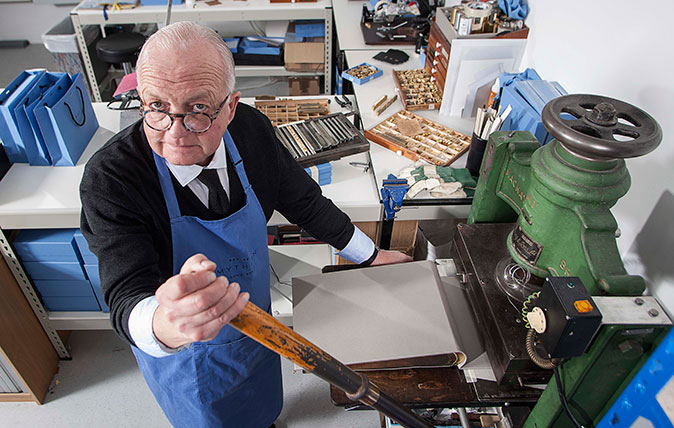
The gold stamper: ‘The younger generation is very appreciative of artisan work – they’re the ones driving the trend’
This week's Living National Treasure is John Timms, the man who leads the team that stamps gold lettering into thousands
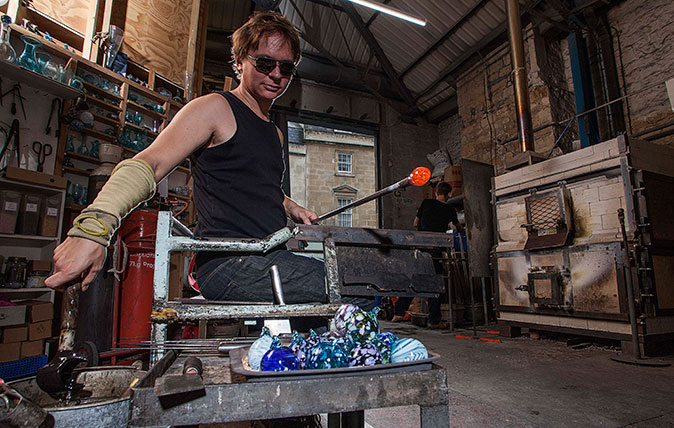
Credit: Living National Treasure: The Glassblower - ©Country Life/Richard Cannon
The Glassblower: 'When something goes wrong you can't fix it – you just sling in into the bosh bucket and start again'
Ian Shearman's team of glassblowers are still making glass using a technique that's 2,000 years old. Mary Miers found out
Country Life is unlike any other magazine: the only glossy weekly on the newsstand and the only magazine that has been guest-edited by His Majesty The King not once, but twice. It is a celebration of modern rural life and all its diverse joys and pleasures — that was first published in Queen Victoria's Diamond Jubilee year. Our eclectic mixture of witty and informative content — from the most up-to-date property news and commentary and a coveted glimpse inside some of the UK's best houses and gardens, to gardening, the arts and interior design, written by experts in their field — still cannot be found in print or online, anywhere else.
-
 'The King of Hell was fat from gorging on souls and he expelled some more from his bowels': The many guises of the Devil Antiquity to present day
'The King of Hell was fat from gorging on souls and he expelled some more from his bowels': The many guises of the Devil Antiquity to present dayTaking as many guises as his names, the Prince of Lies turned at times into a man-devouring ogre, a mutant medley of claws, horns and wings, or the brooding rebel that lit the imagination of Romantic painters.
-
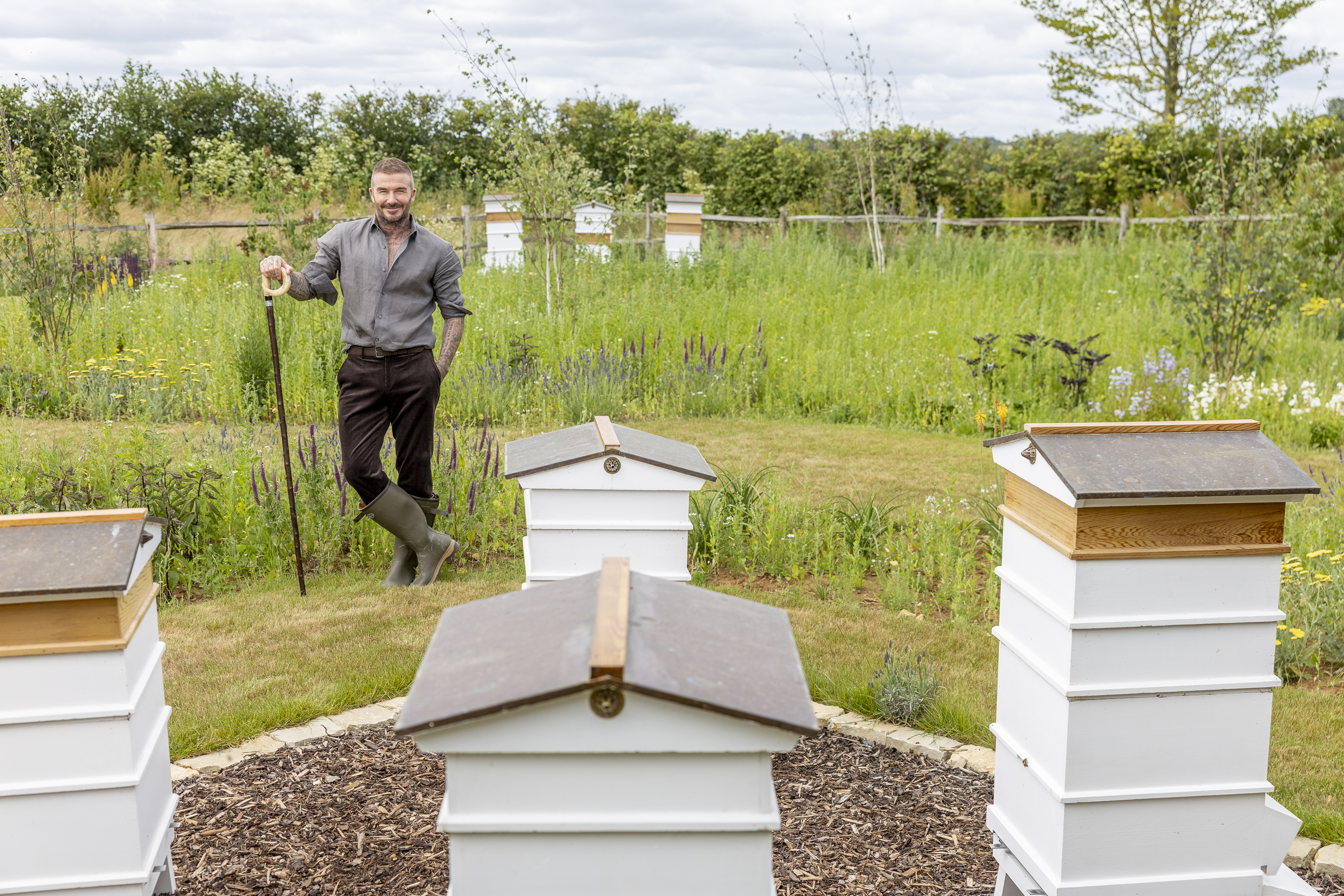 'My sister Catherine shares a love of bees and has a few hives herself': James Middleton, Jamie Oliver and Sir David Beckham on the pleasures of harvesting your own honey
'My sister Catherine shares a love of bees and has a few hives herself': James Middleton, Jamie Oliver and Sir David Beckham on the pleasures of harvesting your own honeyBeekeeping is a star-studded hobby and has much to offer, finds Jane Wheatley.
-
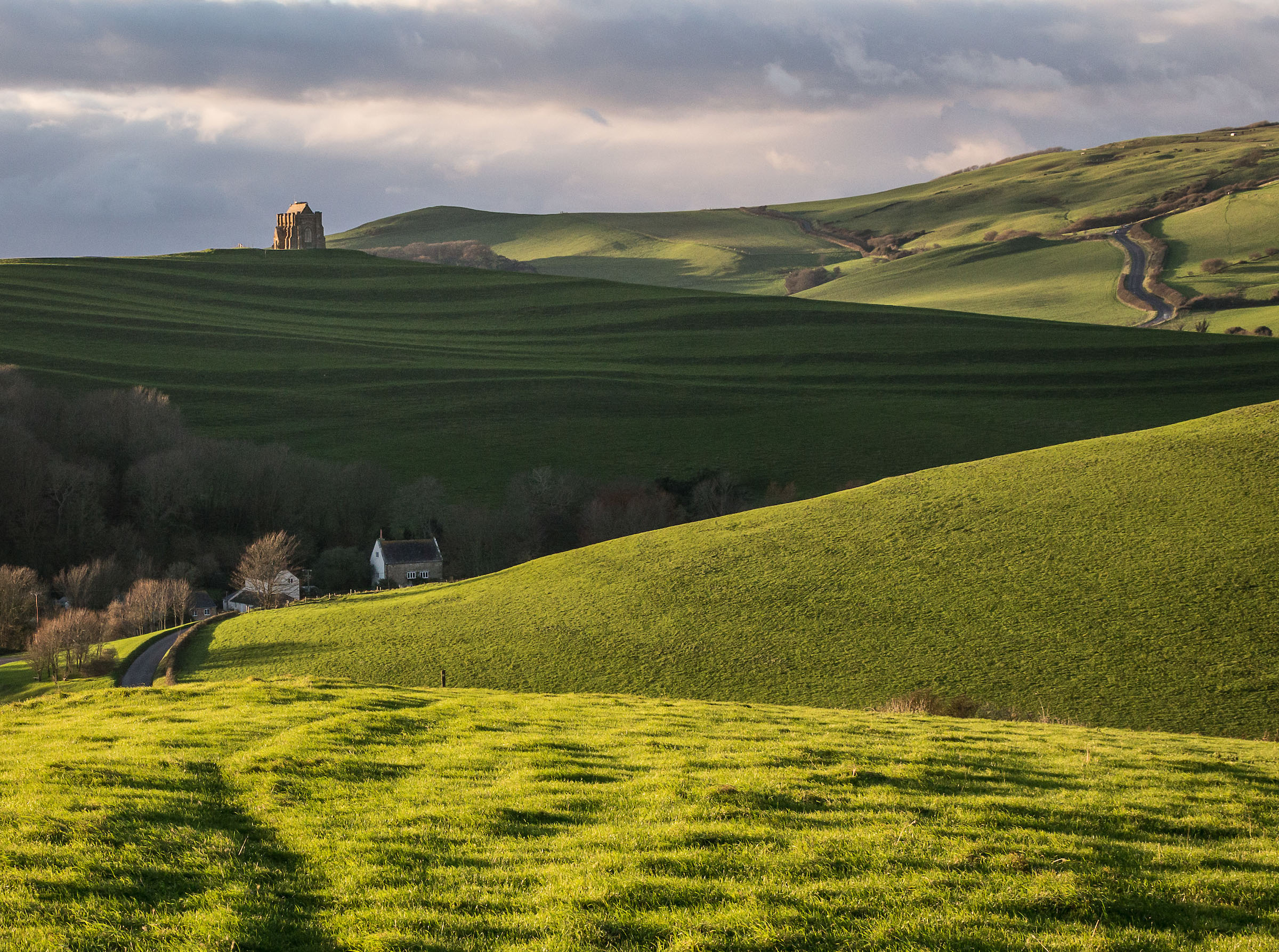 The photographer walking 7,000 miles around the coast of Britain: 'After 450 days of walking I've not been bored once'
The photographer walking 7,000 miles around the coast of Britain: 'After 450 days of walking I've not been bored once'Quintin Lake has always loved walking, ever since trekking from Lands End to John O'Groats as a teenager. But his five-year epic journey around the coast of Britain has taken his love for getting out and about to a new level — as well as his love for our beautiful island.
-
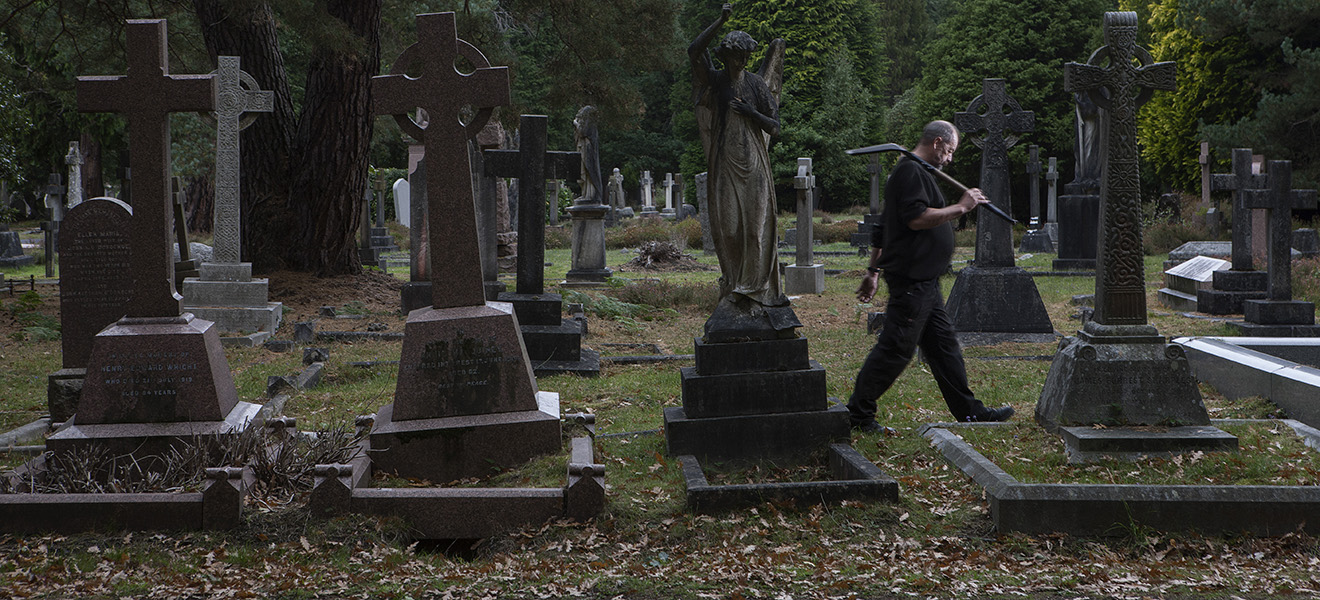 The gravedigger: Digging graves by hand, putting aside emotions and his hopes for his own final resting place
The gravedigger: Digging graves by hand, putting aside emotions and his hopes for his own final resting placeAlan Munnery has spent the last 20 years working as a gravedigger at one of Europe's biggest cemeteries, which happens to be just outside Woking. He spoke to Tessa Waugh; portraits by Richard Cannon.
-
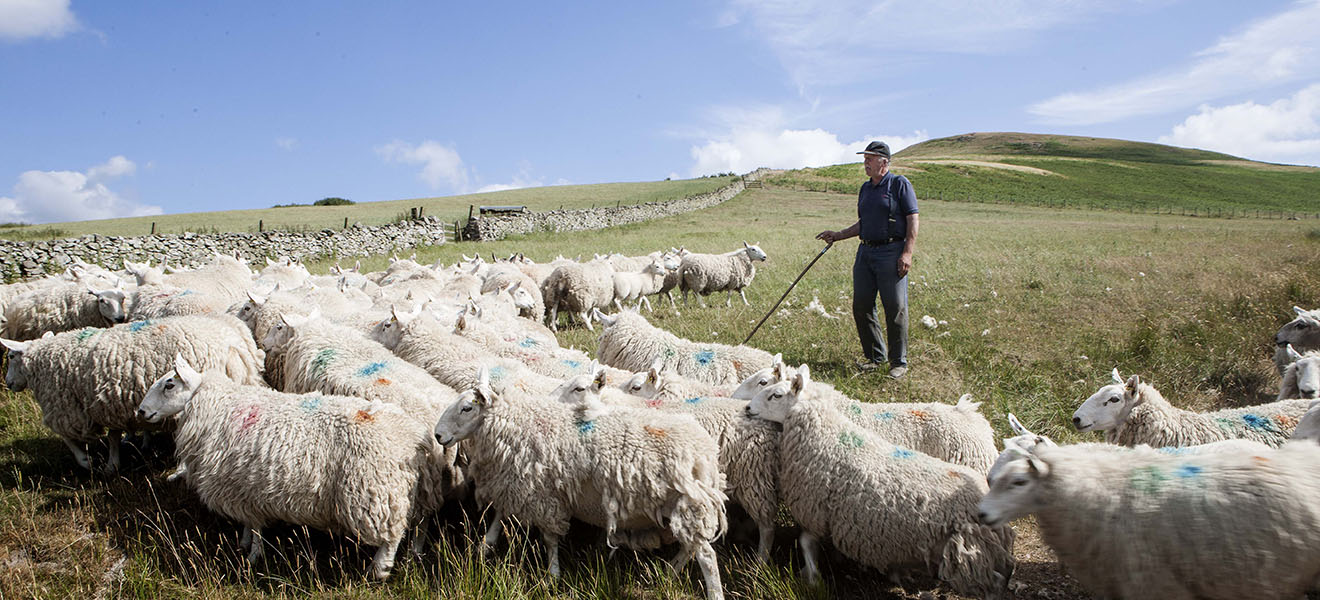 The hill shepherd: ‘I’m not sure where the shepherds of the future will come from’
The hill shepherd: ‘I’m not sure where the shepherds of the future will come from’Graham Oliver is proud of the profession handed to him by his grandfathers but with his children choosing different career paths, he doubts the future of shepherding. Tessa Waugh reports.
-
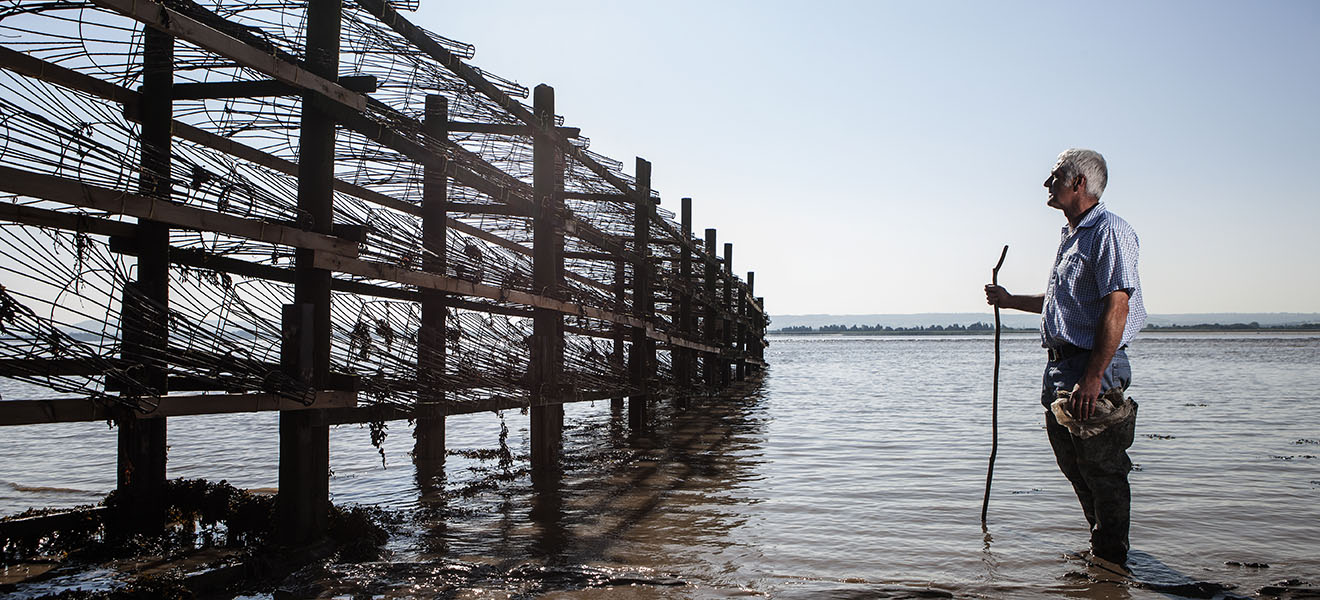 The putcher fisherman: Flying the flag for a dying way of life
The putcher fisherman: Flying the flag for a dying way of lifeChris Cadogan, as the only remaining fisherman to practice this medieval method on the Severn, laments the decline of the industry he has dedicated his life to preserving. Tessa Waugh reports, photographs by Richard Cannon.
-
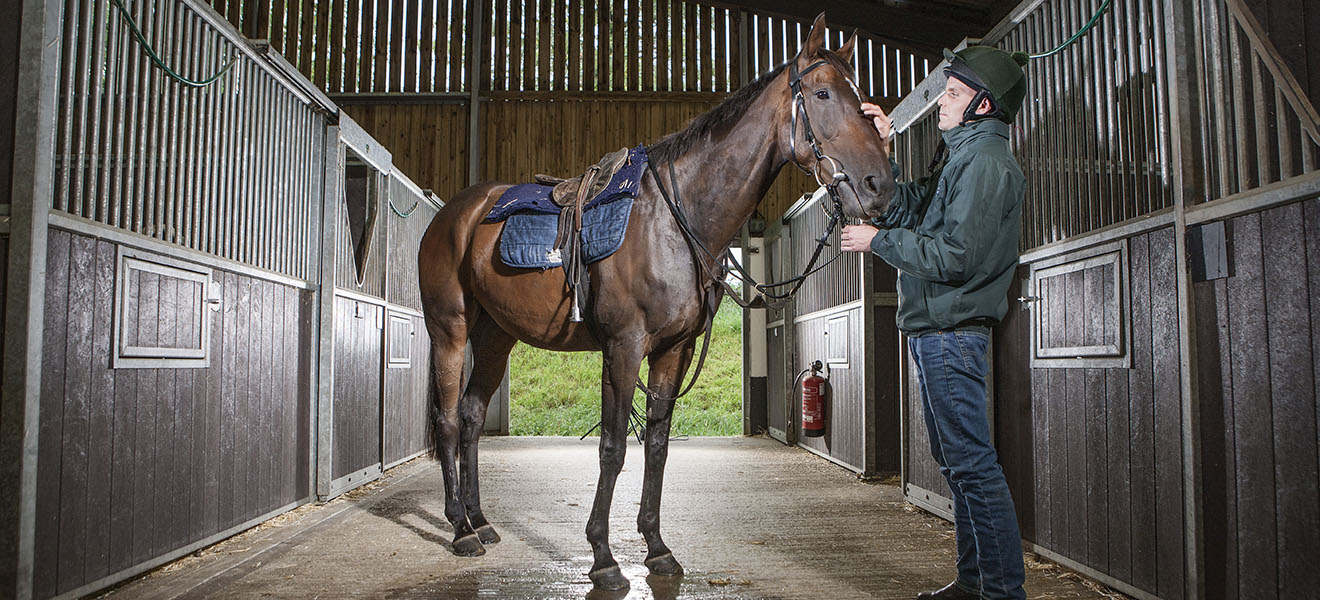 The racing-yard manager: ‘The hours sometimes get on top of you, but when you get the winners, it’s all worthwhile’
The racing-yard manager: ‘The hours sometimes get on top of you, but when you get the winners, it’s all worthwhile’A cabinetmarker by trade, Richard Leadley followed his love of horses to his current profession. Tessa Waugh reports, portrait by Richard Cannon.
-
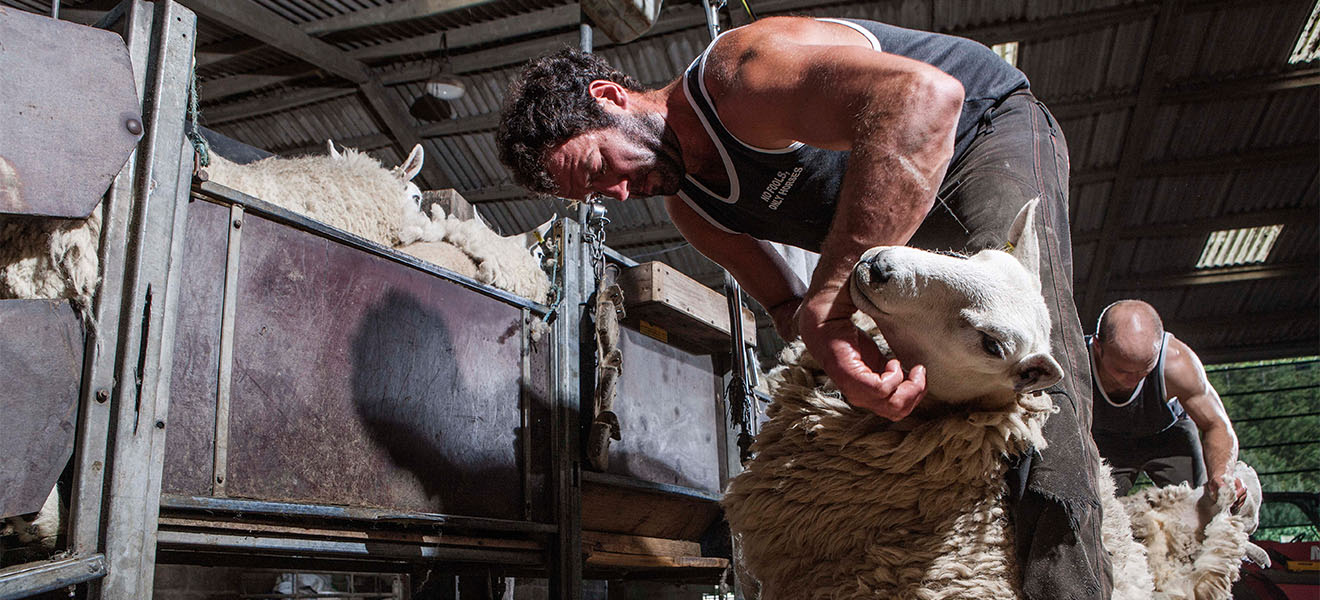 The sheep-shearer: 'If you tell people what you do, they often don’t know what it involves'
The sheep-shearer: 'If you tell people what you do, they often don’t know what it involves'Sheep-shearers are a dying breed, but Ashley Story relishes the back-breaking work. He spoke to Tessa Waugh; portraits by Richard Cannon.
-
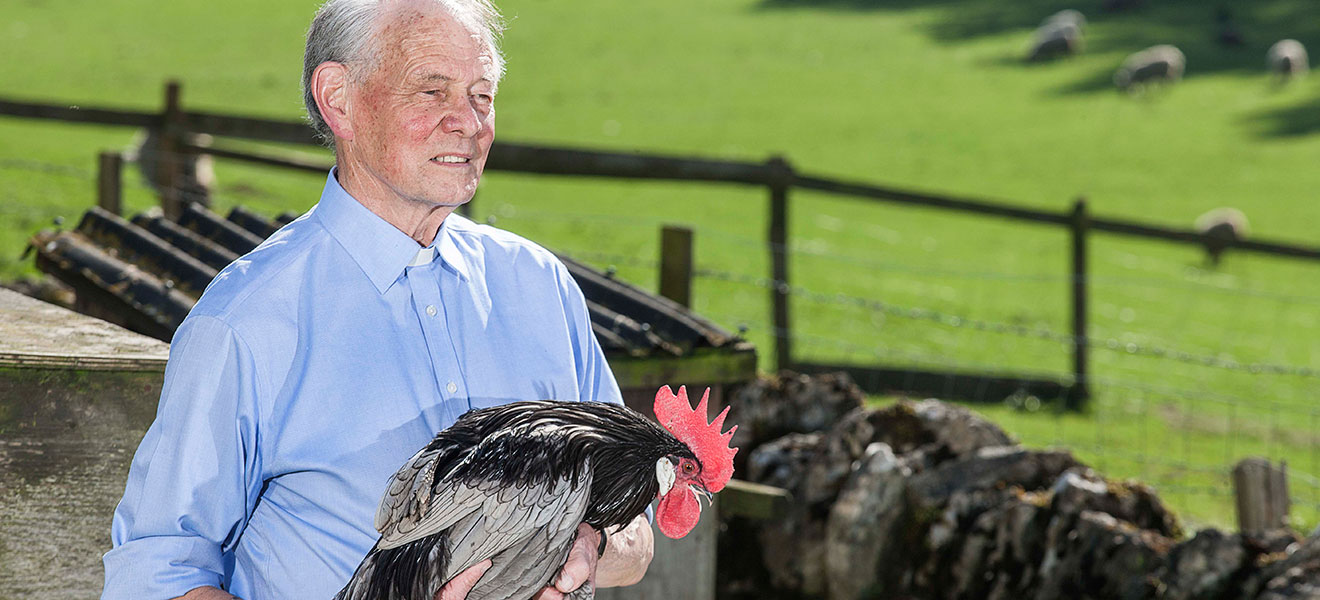 The rare-chicken breeder: 'Watching hens having a dust bath is a delight'
The rare-chicken breeder: 'Watching hens having a dust bath is a delight'Andrew and Sue Bowden have been saving rare chicken breeds for 40 years. They spoke to Tessa Waugh; portraits by Richard Cannon.
-
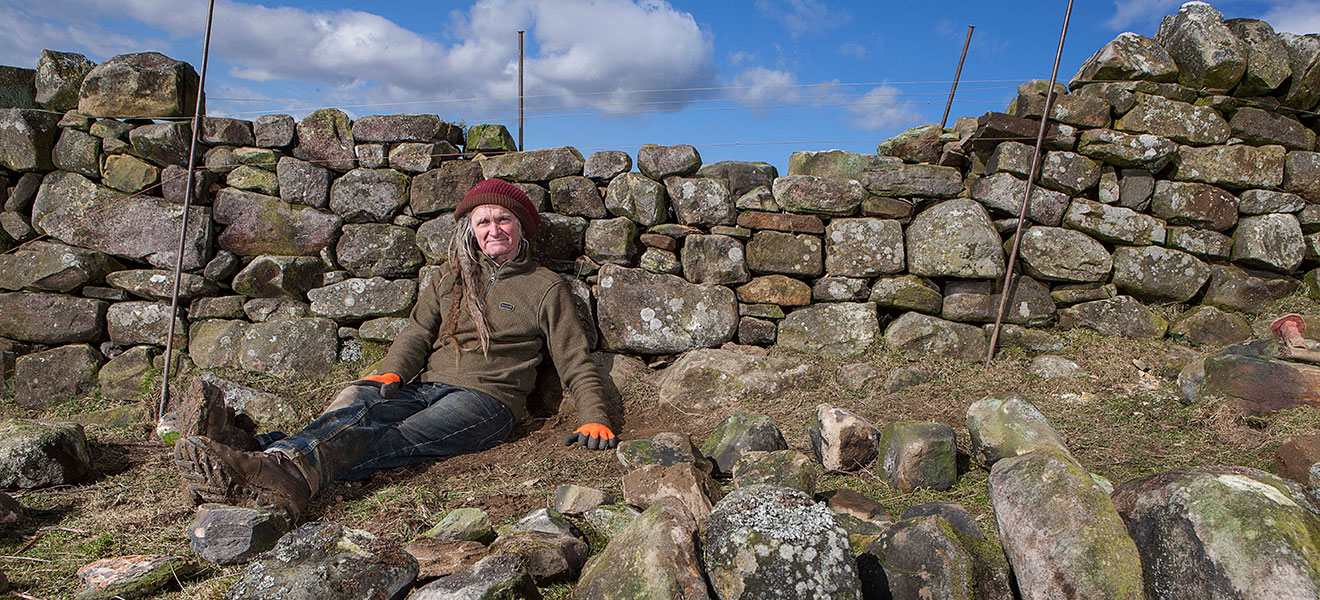 The dry stone wall builder: 'Every metre of wall contains a ton of stone. You really feel it after a hard week.'
The dry stone wall builder: 'Every metre of wall contains a ton of stone. You really feel it after a hard week.'This week's Living National Treasure is Anthony Gorman, a man who has spent his life building beautiful walls by hand across Northumbria. He spoke to Tessa Waugh; portraits by Richard Cannon.
